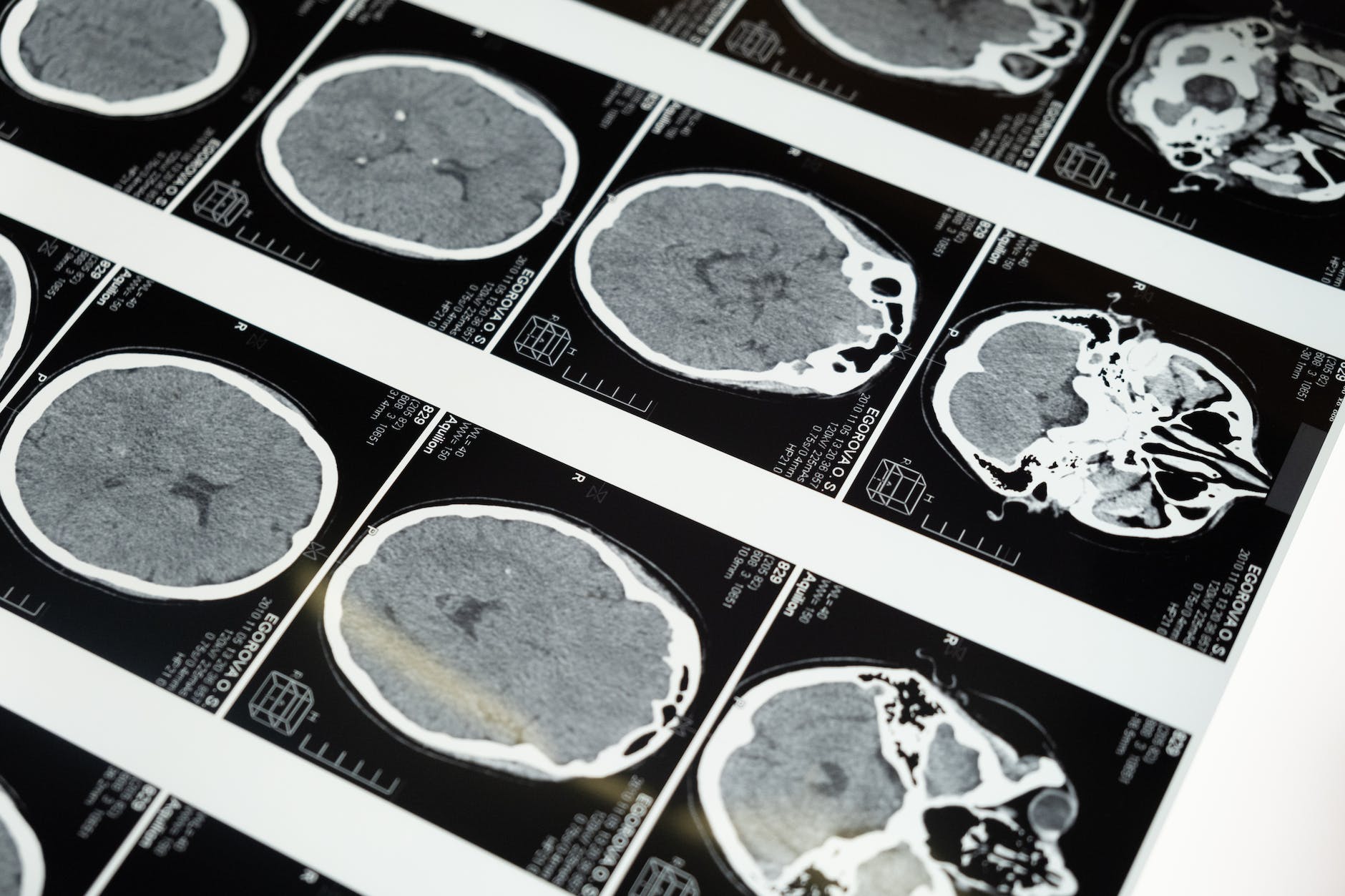Unveiling the Mysteries: The Science of Psychedelics
Throughout history, humans have experimented with substances capable of altering their perceptions and consciousness. Psychedelic substances, such as psilocybin (found in magic mushrooms), LSD, and DMT, have played a significant role in the exploration of self and the nature of reality. In recent years, there has been a resurgence of interest in the scientific study of these substances and their potential therapeutic applications. From advances in neuroscience to astounding revelations about the nature of our minds, the science of psychedelics is an exciting and ever-evolving field.
At the forefront of psychedelic research is the investigation of how these substances affect the brain. Neuroscientists and psychologists have applied modern brain imaging techniques, such as fMRI and PET scans, to gain a deeper understanding of the complex ways in which psychedelics interact with our neural circuitry. It has been revealed that these substances modulate the activity of key neurotransmitters, most notably serotonin, which is involved in regulating mood, cognition, and memory.
Psychedelics primarily interact with a specific subtype of serotonin receptor known as the 5-HT2A receptor. Activation of these receptors can lead to a cascade of neural changes that manifest as altered states of consciousness. This includes changes in perceptions, emotions, and thought patterns. Remarkably, many of the commonly reported effects of psychedelics, such as increased spiritual connectedness and characteristic hallucinations, can be traced back to the activation of these specific receptors.
Researchers have also delved into the intriguing phenomenon of the Default Mode Network (DMN), a network of brain regions thought to be responsible for self-referential thinking, including daydreaming, rumination, and self-generated narratives. Studies have shown that the DMN is disrupted during the psychedelic experience, leading to what many describe as “ego dissolution” or a sense of selflessness and unity.
Understanding the relationship between the DMN and ego dissolution has far-reaching implications beyond just the psychedelic experience. This breakthrough has shed light on the nature of the self and has led to novel hypotheses about the role of the DMN in various mental health conditions, such as depression and anxiety. Some researchers even posit that the ability to temporarily shatter the ego may be the primary therapeutic mechanism underlying the remarkably long-lasting effects of psychedelic-assisted psychotherapy.
The profound changes in perception and cognition induced by psychedelics are also associated with an increase in neuroplasticity, or the brain’s ability to form new connections and reorganize itself. This could potentially make the brain more receptive to new ideas and perspectives, allowing for more fruitful therapeutic interventions. As a result, psychedelics have become the subject of numerous clinical trials for the treatment of mental health disorders, including PTSD, depression, anxiety, and addiction.
In fact, recent studies have reported impressive success rates for psychedelic-assisted psychotherapy, with the results often proving more effective than traditional treatments. For example, a study on psilocybin-assisted therapy for depression revealed that over 60% of participants reported significant improvements in their symptoms, even six months after the treatment. This highlights the promising potential of psychedelic substances to revolutionize mental health care.
Still, there are many unanswered questions and continued avenues of study within the realm of psychedelic science. Ethical considerations and regulatory hurdles remain significant barriers to the widespread acceptance and integration of these treatments into clinical practice. However, the potential therapeutic benefits of psychedelics, in conjunction with the growing understanding of the brain and consciousness, make this an exciting and promising field of scientific inquiry.
Overall, the science of psychedelics is a rapidly evolving and fascinating area of study. With advances in neuroscience uncovering new insights into the mechanisms behind altered states of consciousness and the potential therapeutic applications of these powerful substances, the future of psychedelic research holds much promise. As we continue to unveil the mysteries of the mind, it is clear that psychedelics will play a crucial role in shaping our understanding of consciousness and our approach to mental health care.





